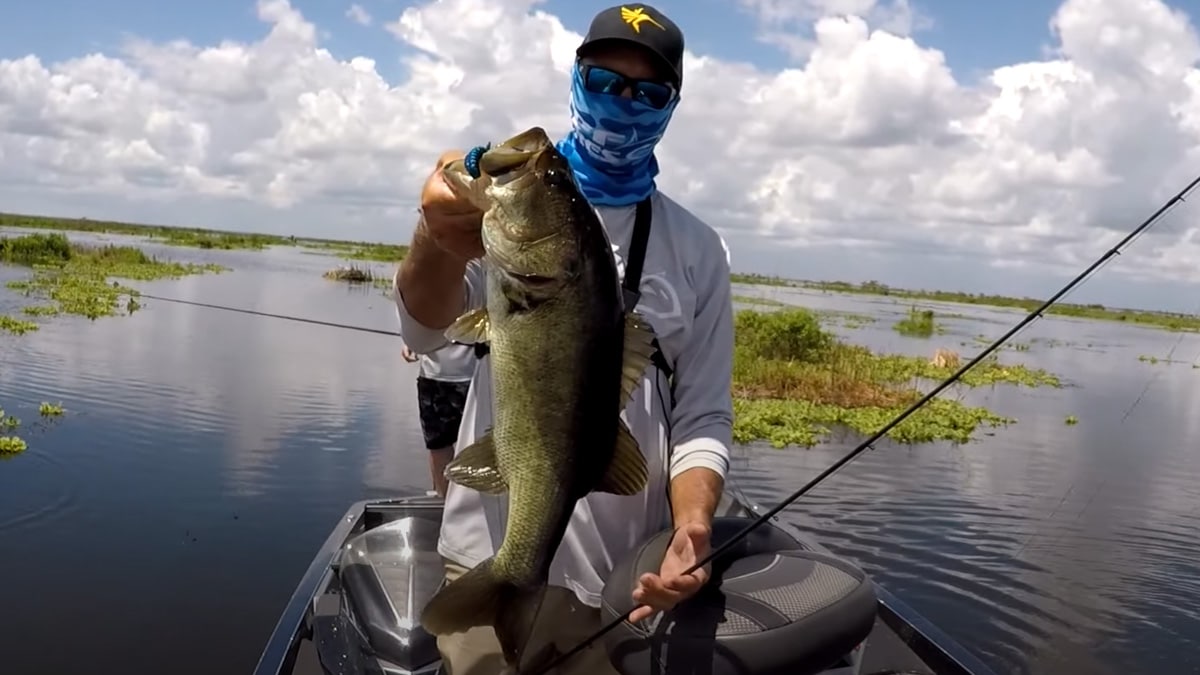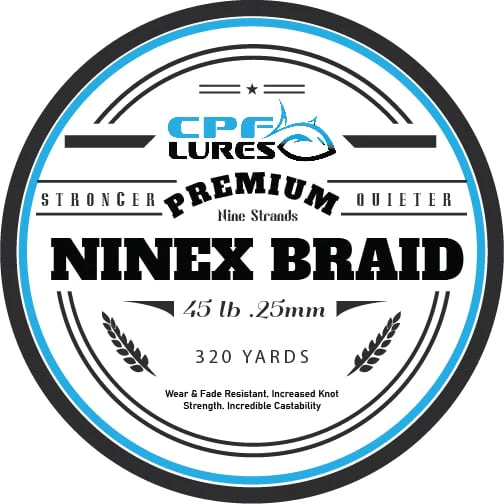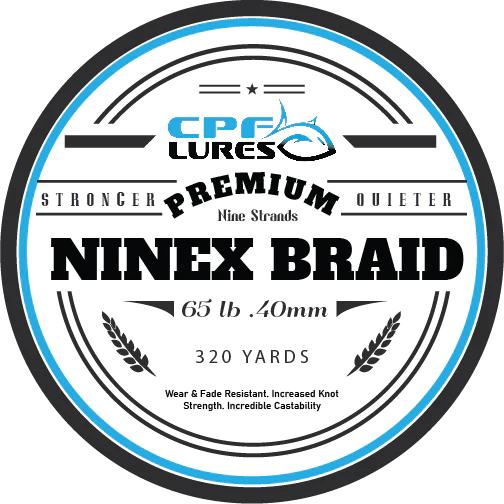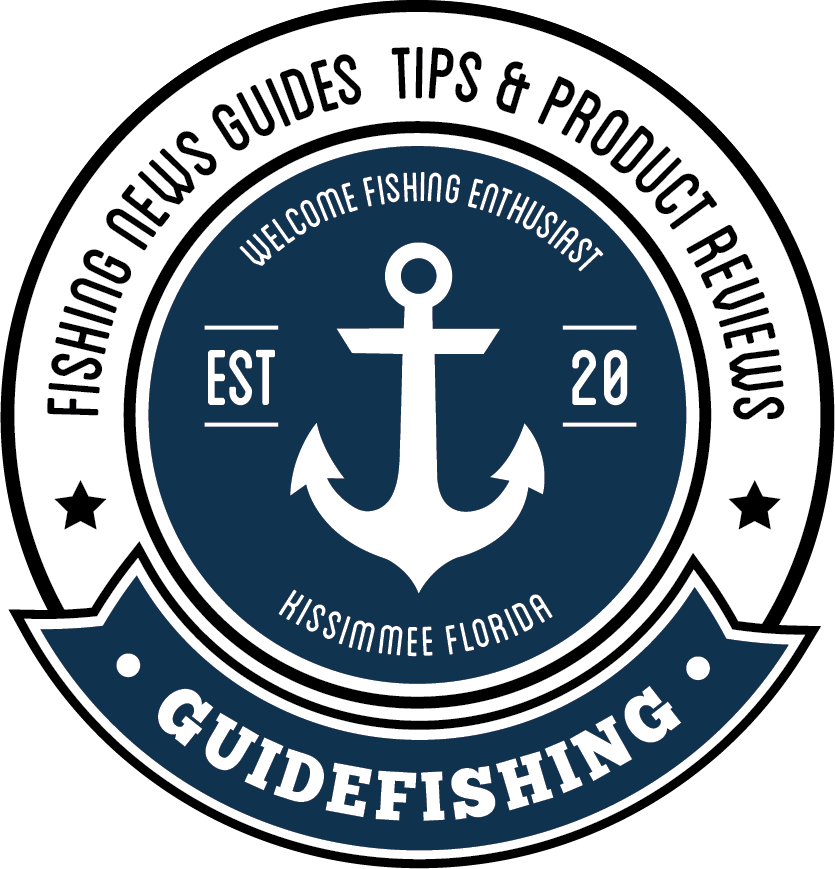Flipping, pitching, and punching are three techniques used in bass fishing to present bait to fish in specific locations or conditions.
Flipping involves using a short, heavy rod and a baitcasting reel to flip the bait under or into cover, such as weeds, brush, or docks.
Pitching is similar to flipping, but it involves a longer rod and a baitcasting or spinning reel, and is used to present the bait more accurately and softly to fish in tight cover.
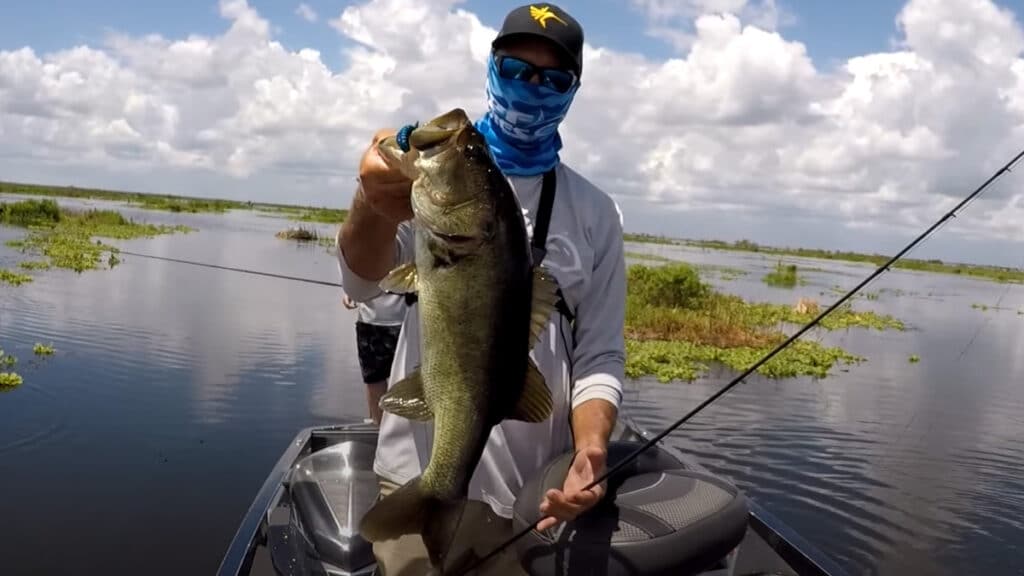
Punching involves using a heavy rod, a baitcasting reel, and a punching rig, which consists of a weighted hook and a large, soft plastic bait, to fish in heavy cover and vegetation. The weight of the rig allows the angler to punch through the cover and present the bait to the fish.
How To Flip, Pitch & Punch With Precision
Pitching shallow cover
Rod, Reel, & Line Considerations
First, let’s talk about rods. When it comes to flipping and pitching, you want a rod with a fast or extra-fast action. This means that the tip of the rod is more sensitive and responsive, allowing you to feel the bait and detect bites more easily. You also want a rod with a medium to heavy power rating, which will give you the strength and leverage you need to set the hook and fight the fish.
Next, let’s consider reels. For flipping and pitching, you want a reel with a smooth and reliable drag system. This will allow you to apply the right amount of pressure to the fish as you’re reeling it in. A baitcasting reel is typically a good choice for flipping and pitching, as it allows for more precise casting and better control over the line.
Finally, let’s discuss line selection. When flipping and pitching, you want a braided line with a low diameter and high sensitivity. Braided line is more durable and abrasion-resistant than monofilament line, making it a good choice for fishing in heavy cover. A low-diameter line will allow you to make longer and more accurate casts, while a high-sensitivity line will help you feel the bottom and detect bites more easily.
Best Fishing Line
Spending over 20 years fishing Florida’s treacherous grassy lakes from Okeechobee, Lake Istokpoga, Fellsmere Reservoir Headwaters Lake, Kissimmee Chain, Harris Chain, Lake Rousseau, St Johns River, Lake Iamonia, Lake Talquin and more.
Often, choosing the best line for punching and flipping comes down to the amount of vegetation you are fishing and the water clarity. When flipping or pitching into stained or dingy water with lots of submerged hydrilla, I opt for braided fishing line.
If the water is clear and the vegetation is scarce or I am pitching under a dock, Ill opt for fluorocarbon fishing line.
I have fished with more than 30 different braided lines over my life. By far the best braid on the market today is NINEX Braid by CPF Lures.
Ninex Braid by CPF Lures
CPF Lures developed a no fade black braid using nine strands of ExtremeTuf fibers. The braid is carrier wrapped for outstanding casting distance and abrasion resistance. This is the best line diameter to strength rating I have ever fished. What makes this this best braided fishing line on the market today?
There are a few things that sets NINEX apart from every other braid on the market.
- It Never Fades. The No Fade Black does exactly what it should. It keeps it’s color. Most of the best fishing guides in Florida use NINEX braid. As Captain Eric Tilson says, “I’ve had the braid on my reels on the deck of my boat for 3 years and its still black”
- The Slinder Coating. The Slinder Coating allows for increased knot strength without slippage. Additionally, the coating creates a UV & water protection that prevents swelling.
- Reverse Spiral Engineering. NINEX is reverse wound so there are no gaps between the wraps! This means less breaks, less friction, less drag, and less noise through the rod guides than any other braided fishing line.
- It’s Super Quiet. Like stated above, the braid is smooth as silk and very quiet when running through the rod guides.
Seguar InvizX & Flipping Fluorocarbon
When flipping light cover, docks, laydowns or clear water, I opt for Seguar InvizX Flourocarbon Line. With a large line selection (4lb to 25lb), Seguar provides a wide range of options. Specially designed to dominate freshwater, InvisX is virtually invisible to fish.
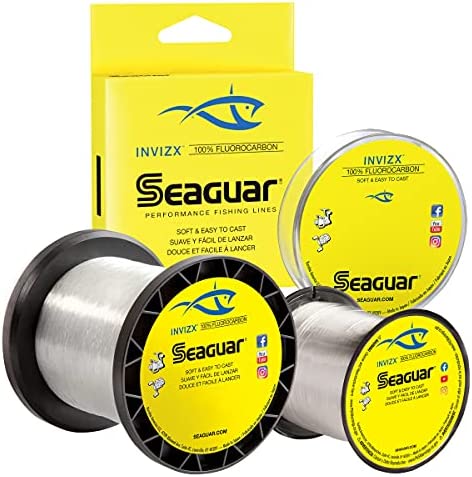
Best Lures for Flipping Laydowns, Brush, Docks & Other Vegetation
Flipping brush, docks, and other vegetation can be an effective technique for catching largemouth bass and other species of fish. It involves casting a bait or lure into dense cover and “flipping” it into the cover to entice a bite.
Choosing the right lure for flipping can make a big difference in your success on the water. Here are some of the best lures for flipping brush, docks, and other vegetation:
Flipping Jigs
Jigs are versatile lures that can be used for flipping, pitching, or casting. They feature a lead or tungsten head with a hook and weed guard attached. Flipping jigs can be fished with or without a trailer.
Jigs work well in thick cover because they can be flipped or pitched into the cover, and the heavy head helps them fall through the brush and reach the fish. Things to consider when choosing a flipping jig is the fall rate and the type of cover.
For a slow fall rate you can choose a lighter weight and add a trailer to your jig.
My favorite flipping jigs are going to have tungsten heads. The low profile means



Bladed Jigs
Bladed jigs, also known as chatterbaits, are an effective lure for flipping brush, docks, and other vegetation. They feature a jig head with a bladed body that creates a unique “chattering” action when retrieved, which can attract fish from a distance.
Bladed jigs are effective for flipping because they can be fished slowly or more aggressively, and the bladed body helps them cut through the cover and reach the fish. Some popular bladed jigs for flipping include the Z-Man ChatterBait Elite, Strike King Thunder Cricket, and Berkley Slobberknocker.
Overall, I like Z-Man’s line of bladded jigs. The original
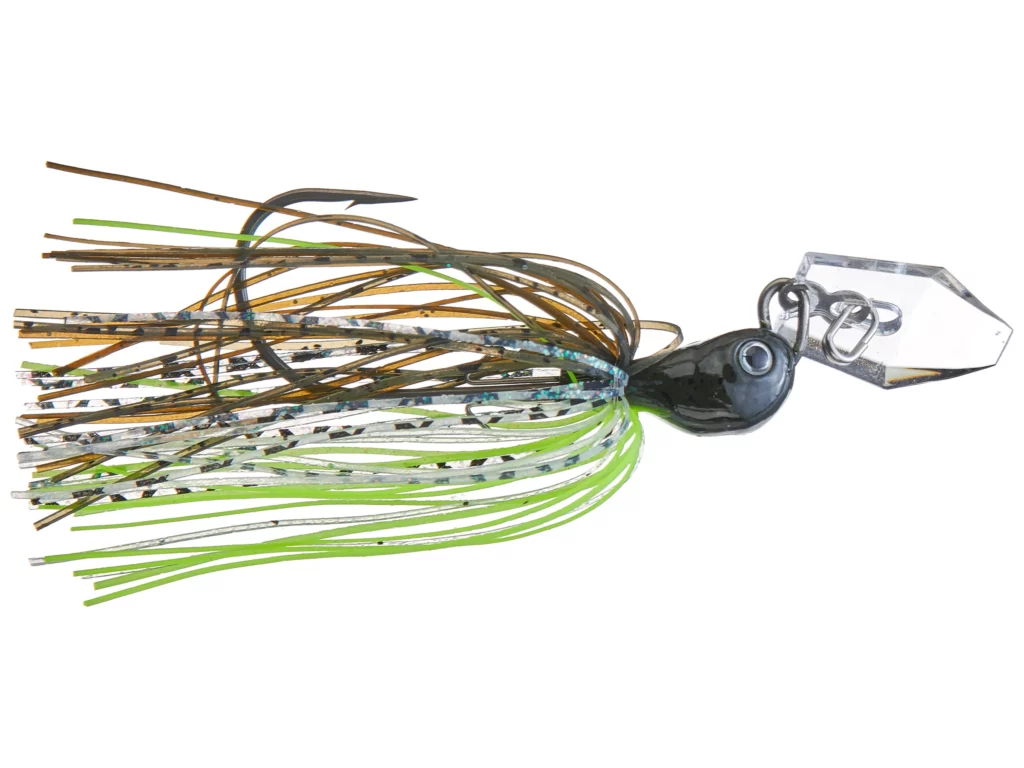
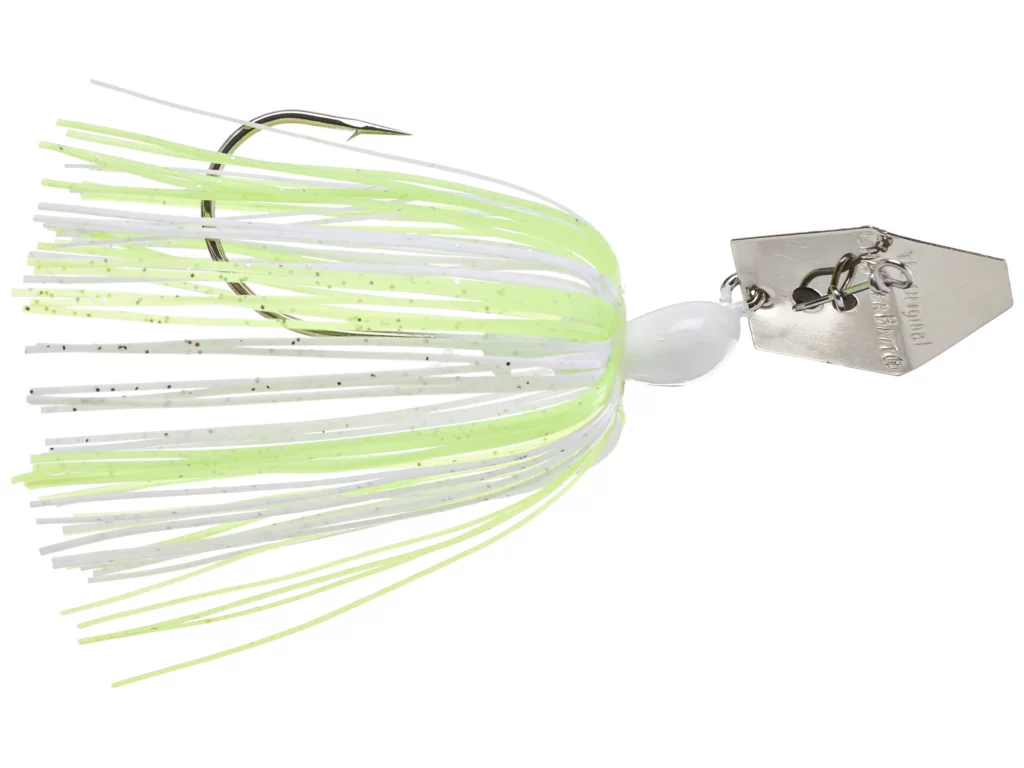
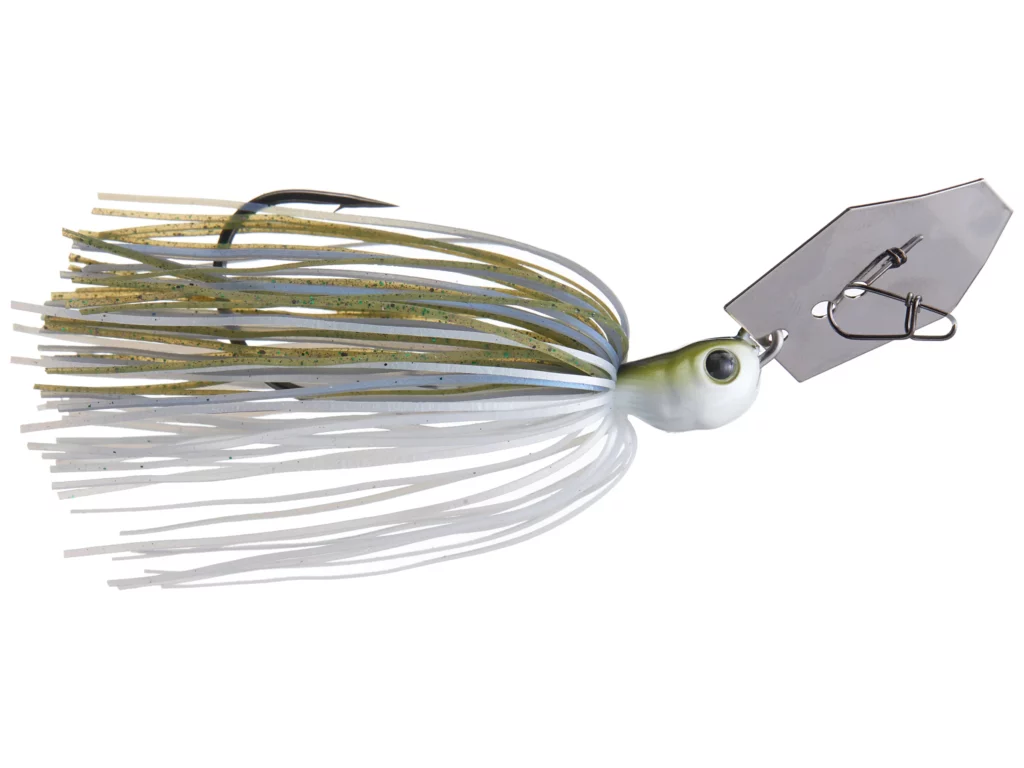
Swimming Jigs
Stick Baits
Stick baits, also known as Senkos, are one of the most popular lures among bass fishermen. The reason is soft plastic stick baits are versatile and effective. These soft plastic lures are designed to mimic the movement of a wounded or dying baitfish, making them irresistible to bass.
When flipping fluke baits, it’s also important to pay attention to the type of cover you’re fishing. Different types of cover require different approaches.
When flipping stick baits I prefer four different presentations. The presentation depends on a few factors including the type of bass I am fishing for. :
- Wacky rig
- Neko
- Texas Rigged
- Shaky Head
If I am fishing hydrilla, Kissimmee grass lines or other heavy vegetation I will opt for a Texas rigged stick bait.
For docks and laydowns I prefer to wacky rig my stick bait to mimic a dying baitfish. If I am fishing deeper structure or shell bottom I will opt for shaky heads or the Neko rig. Using this presentation, the tail of the Senko will float above the weighted end.
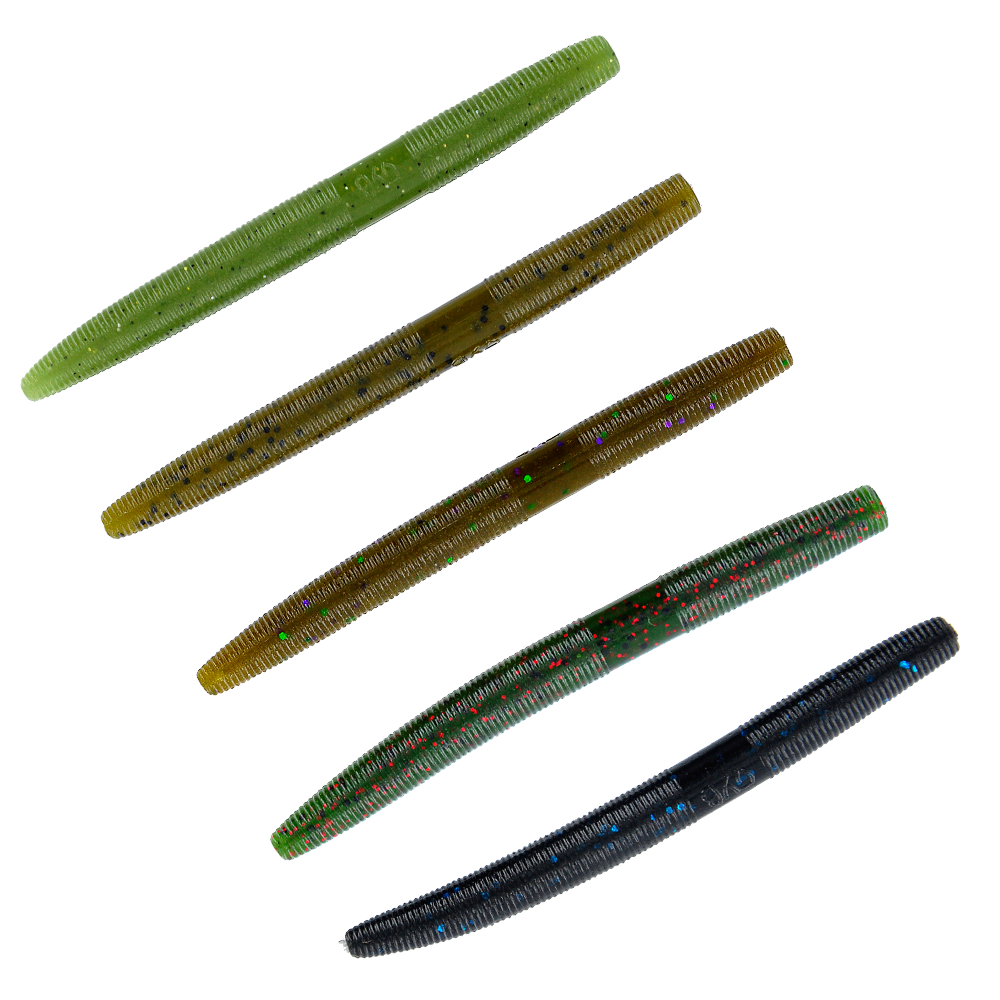
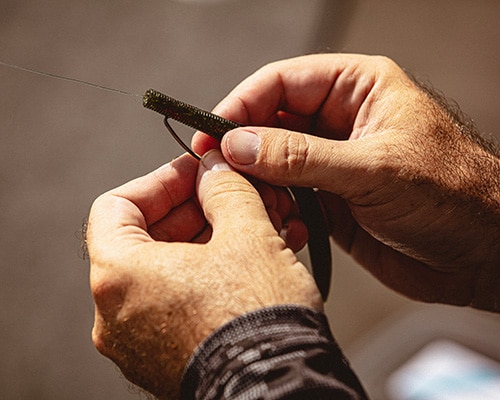
Flukes & Other Soft Plastic Jerk Baits
Fluke baits, also known as soft plastic jerkbaits, are a popular lure among bass fishermen because of their lifelike action and versatility. These lures are designed to mimic the movement of a wounded baitfish, making them irresistible to bass.
Creature & Craw Baits
The best creature or craw for flipping varies depending on the situation, but some popular choices include Missile Baits 4.5” D Bomb 25-Count Lures, Beaver style baits, Zoom Speed Craw, and Flappin’ Hog Creature Bait.
Best Lures for Pitching Laydowns, Brush, Docks & Other Vegetation
A new player in the pitch and punch category, the P&P Reaper Pro has been an big bass killer. CPF Lures 5″ Punch & Pitch Reaper (P&P Reaper), the ultimate weapon in your angling arsenal! This hybrid creature and crawfish soft plastic bait is designed to help you conquer even the toughest freshwater environments and catch more largemouth bass, smallmouth bass, and spotted bass than ever before.
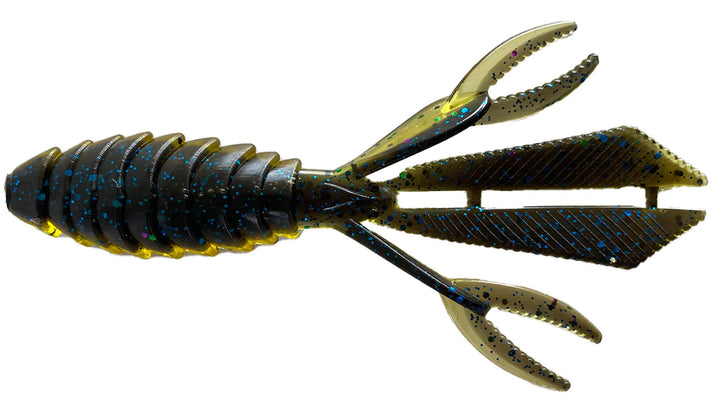
How to Punch Heavy Vegetation
Punching heavy vegetation, such as mats, hyacinths, lily pads and hydrilla, can be an effective technique for catching largemouth bass and other species of fish.
It involves using a heavy bait or lure and a specialized rig to “punch” through the dense vegetation and reach the fish. Here are some tips for punching heavy vegetation for bass:
Best Lures for Punching Heavy Vegetation
Punchrigs have been shown for their ability to repel weeds. The rig is constructed using heavy slasher rigs and a stout heavy-grained flipper rig. Typically the weight is attached to hooks right under the plastic beads. Generally, punching or turning weights can reach 1/2-1/2 ounces. Heavy weight must provide enough weight to cut over heavy vegetation.
Best Knots For Flipping, Pitching & Punching.
Fishing in heavy cover creates a situation unlike any other in fishing. Your line is constantly rubbing and dragging across submerged vegetation, docks and stumps. This is why the knot choice is crucial. You do not want a weak point in your line.
Snell Knot
A snell knot is a strong and reliable knot that is commonly used for attaching hooks to fishing line. It is especially useful for tying hooks with long shanks, such as live bait hooks, because it allows the hook to hang straight and gives the bait a natural presentation. Here’s how to tie a snell knot:


